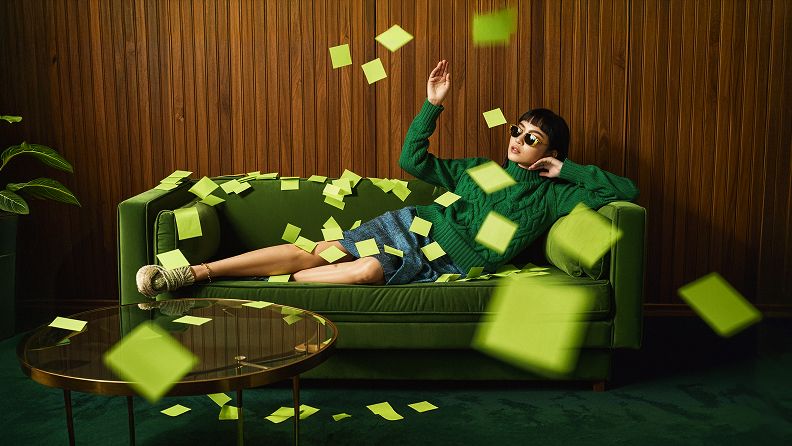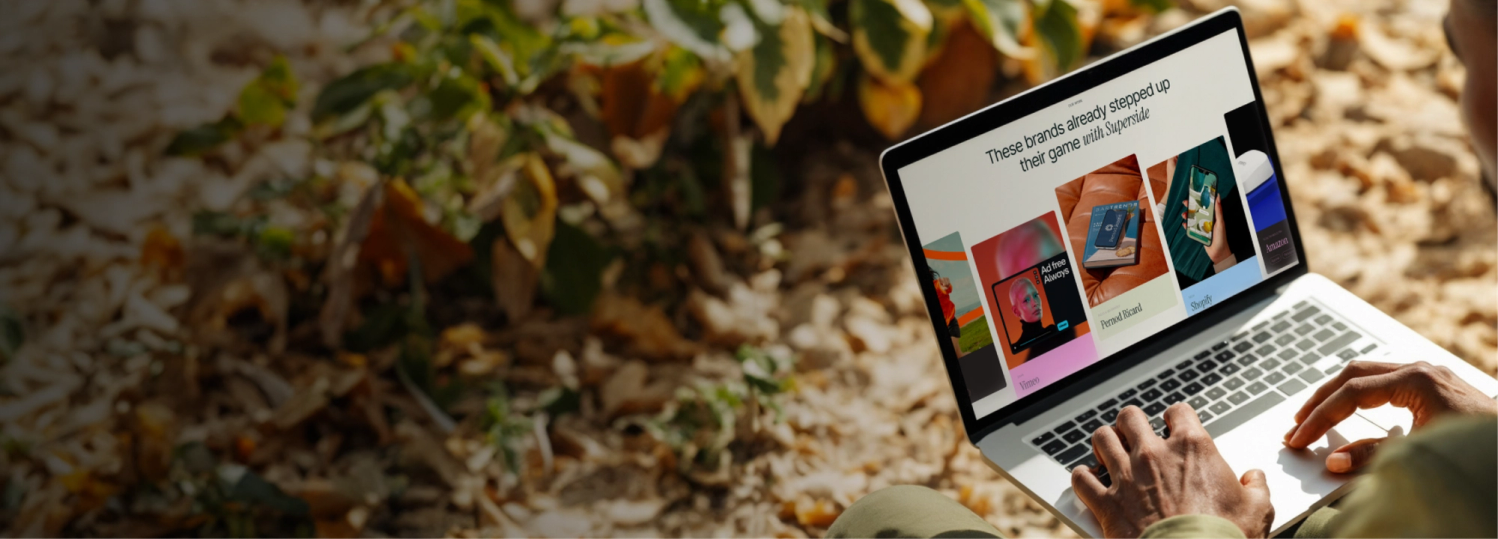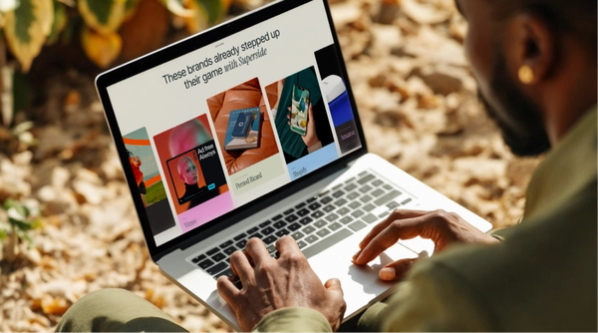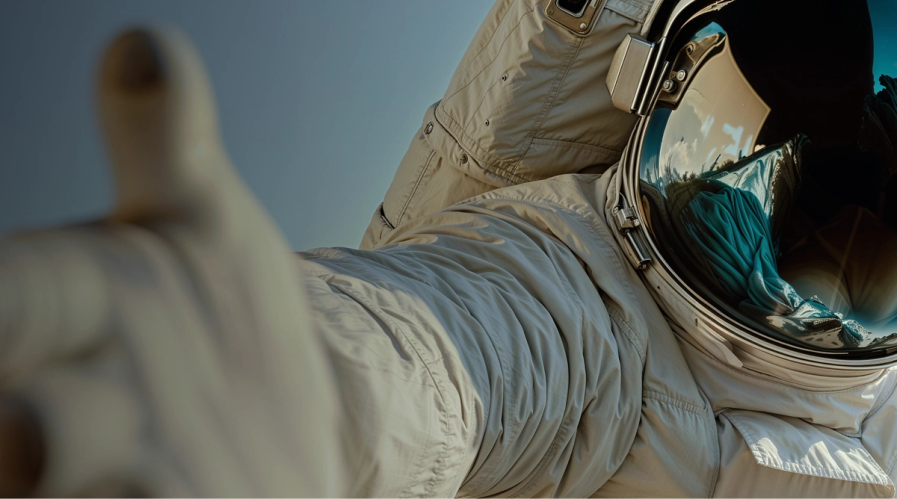How to Build the Best Brand Experiences (With Examples)


Branded experiences enable far deeper connections with your prospects than traditional marketing. In our recent Gather & Grow session, veteran creative leader Ted Bramble explained how to win a target over by appealing to their desire for "play." Breaking the pattern of daily activities for your audience is imperative for brand distinction, making brand experiences a cheat code for staying top of mind.
What if marketing went deeper? Forget going “bigger;” one day at the Vegas Sphere will run you $450K. What if marketing could take prospects to a heightened state, where they couldn’t help but think more highly of the brand in question?
It can, of course. There’s an emotional gap that marketing can fill—and capitalize on—with brand experiences.
According to Ted Bramble, a veteran creative leader with credits at Netflix, LEGO, Warner Bros. and PlayStation, creatives and marketers that turn their hand to branded experiences (“experiential marketing” to some) can supercharge marketing performance by deepening their prospects’ engagement.
In our recent Gather & Grow webinar, Bramble outlined how marketers and creatives can create experiences that elevate the brand. Watch the full webinar here to hear it from Bramble himself, and keep reading to learn how you can build these experiences with your own team.
What is a Brand Experience, Anyway?
Often referred to as “experiential marketing,” brand experiences are any marketing tactic that prompts audiences to interact with a brand in a stimulating way. They go beyond trying to pull a click out of folks through traditional means (e.g. scrolling past a static ad), by getting them to engage with whatever brand asset you’re presenting them; an in-person pop-up, a virtual event, an augmented reality (AR) experience, etc. The only limitation is your own creativity.
Why are brand experiences important?
Willingness to experiment can be what sets successful marketing apart from stagnation. The “self-brand” connection these experiences offer can be a powerful motivator for not only purchase/partnership, but for loyalty. Coupled with tools like augmented reality (a growing trend in marketing), they also serve to distinguish brands from their competitors in the overcrowded digital marketplace.
In the webinar, Bramble explained getting your prospects’ neurons firing in an unusual way helps your brand stick with them—if not pull them deeper into your marketing funnel. He said the path to a strong experience lies in its novelty.
We need novelty to get rid of the sameness [of daily life]. When that pattern is broken, you’re more susceptible to whatever messages are being thrown your way.

The pathways we form in our brains when we engage in activities slightly out of the ordinary creates both an attraction to/interest in the source of the experience, putting said source leagues above those who stuck to the script.
How Can You Build Great Brand Experiences?
While there’s no one-size-fits-all approach to brand experiences (the spectrum of possibility is wide by design), the best brand experiences seem to share some consistencies. In our Gather & Grow session, Bramble shared seven tips for creating a memorable brand experience. Here’s what he had to say…
- Be willing to play. The willingness to play is the difference between success and struggle for brands. There’s not a person alive who wouldn’t prefer to be doing something fun or stimulating right now, so make play your anchor.
- Make the experience for yourself first. If you can imagine yourself having fun with an idea for a branded experience, it’s a sign you’re on the right track. When you already know your market, Bramble said you’ll do well to make something you’d actually enjoy engaging with.
Your consumer research is your best friend, but when you get into those smaller details, trust your intuition. Make it for you first.

- Activate a flow state for your audience. The key to a brand experience is to activate a “flow state:” An activity that’s not so hard it creates anxiety, but not so easy it induces boredom. Think of how activated you might’ve felt playing sports or doing something creative (drawing, playing music, dancing etc.). According to Bramble, activities that elicit the same feeling are the sweet spot for brand experiences.
- Take actual risks. It can be tough for marketers to hear, as we’re instinctively bound to people-please. It translates to a fear of failure and embarrassment (maybe even of getting fired), which keeps us afraid from doing the kinds of things that make marketing memorable. And to that point…
- Loosen up. Unless you’re in a thoroughly conservative industry, you can probably afford to loosen the tie a bit. Trust that your adult consumers can handle a mild departure from business as usual. You won’t get far walking on eggshells, so focus on instilling openness and candor where possible.
- Don’t make it a “game” by default. There’s a tendency for those new to branded experiences to assume that “play” means making a literal game (i.e. the kind you’d play on your phone). While it’s sometimes appropriate, Bramble warned marketers and creatives not to confuse play with gamification alone.
For gamification to work, people usually need to be invested to start with.

- Celebrate your prospect’s individuality. The best brand experiences let people show off the parts of themselves they’re proud of. Think of how your audience can imprint their own identity onto a branded experience. Think of Spotify’s “Wrapped”; where the service’s algorithm allows for a year-end presentation for each user based on their musical preferences.
- Consider what your audience actually wants. In B2B, think of how you can help your prospect impress their boss. For B2C, think about the gap in their life/lifestyle your product or service might fit, and play on the emotional angle. Bramble said B2B brand experiences require more thought, but they can still evoke a similar response.
B2B is full of people too. They have emotional needs, just like the people in the B2C markets.

Examples of Brand Experiences for B2C and B2B
The best brand experiences are hard to look away from. These B2B and B2C brands bet on immersiveness to aid brand distinction, and in so doing, hit it out of the park.
1. Warner Bros. Barbie Selfie Generator
Knowing they had a hit on their hands, Warner Bros. spared no expense marketing the Barbie movie. You probably came across many different marketing materials throughout the campaign’s runtime, but one of the most successful tactics was the Barbie selfie generator.
Jumping on the increasingly popular augmented reality hype train, the marketers and creatives at Warner Bros. developed a Barbie filter that placed the user into the movie’s brightly colored world. It’s been used over 13 million times since its release.
2. Ceridian Dayforce’s 3D Convention Stand
Ceridian Dayforce is also jumping on the AR experience train—they partnered with Superside to enhance the brand’s presence during conventions. Using an augmented reality filter, attendees could view teasers of the suite of solutions offered by the employee management platform.
The choice to pair in-person convention stands with an AR element is one that helps the work-tech leader stand out in the densely populated tech space. It also demonstrates a level of innovation and “savviness” that can help prospects see the brand as a more cutting-edge option for solutions.
3. Tinder’s #SwipeOff Challenge
Any campaign that incentivizes use of the product/service is already on the right track. Understanding the app’s appeal with college audiences, Tinder initiated “Swipe Off,” a nationwide college competition that offered schools with the most right swipes a free performance from Cardi B.
Is your school worthy? Start swiping if you want a performance by @iamcardib. Remember, the school with the most right swipes wins. #Swipeoff Open to select colleges/universities. Ends 4/17/18. For official rules visit https://t.co/uc9XAyvXpX pic.twitter.com/bNrZCMaW8L
— Tinder (@Tinder) March 27, 2018
The thrill that users experience following a right swipe is unparalleled by most consumer products; they’re already in a state of play. Reports suggested a 10 percent user increase in the targeted demographic throughout the campaign.
4. IBM’s Think Summit
However valuable the insights, IBM’s annual "Think" summit is primarily a marketing opportunity. The global tech leadership conference brings together thought leaders, professionals, and decision-makers to engage in discussions, hands-on labs, and, of course… play with demonstrations of IBM's latest business-centered technologies.
Though most attendees are there to network and learn, getting to experience IBM's solutions in action while surrounded by like-minded peers makes them more apt to consider the brand. It’s also a great way to move said folks deeper into the marketing funnel—the problem-awareness stage is addressed by the conference, and the solution-awareness quickly follows.
5. GE's “Brilliant Factory” Tour
General Electric have gotten into their business users’ heads by offering tours of its "brilliant factories" (futuristic, high-efficiency facilities packed with GE implements) to potential B2B clients. The tours provide an inside look at GE's advanced manufacturing processes, innovative technologies, and industrial solutions, demonstrating how GE's products and services can enhance efficiency and productivity for other businesses.
Seeing the products in action is one thing, but seeing the world of a facility enhanced by the products can be highly activating for business leaders in brick-and-mortar industries. It can also inspire more than one purchase.
Break Down Barriers With Brand Experiences
It’s hard to get people to connect with a brand. We have a natural aversion to forming emotional connections with people who want our money, and our guard is almost always raised as a result.
When done well, brand experiences break down that barrier. They allow people to turn off the risk-averse part of their brains, and become more open to considering the brand as a solution. Simply put, brand experiences are how smart marketers get ahead.
David is a Senior Content Marketer at Superside. A former journalist with bylines too numerous to enumerate, he brings his love of storytelling and semantics to the marketing world. Recognizing the sizable gaps in the creative-as-a-service (CaaS) sector, he jumped at the chance to fill the creative void for ambitious brands. In his off hours, he enjoys loud music, making vegan meals and being made fun of for making vegan meals. He’ll gladly talk to you about any of the above on LinkedIn.
You may also like these
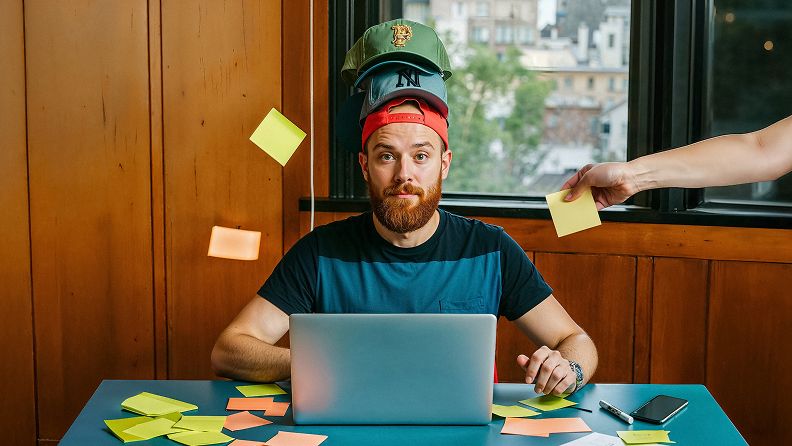
An expert 7-step brand strategy framework
In an era where businesses are under pressure to produce results quickly, it’s easy to see branding as just another box to check off. However, a well-thought-out brand strategy framework isn’t just a marketing play—it’s a foundational business tool that helps teams prioritize messaging, work more efficiently and create long-term impact.During Superside’s Overcommitted Virtual Summit, branding expert and Twilio VP of Brand Adam Morgan delved into how companies can build brands that stand the test of time. Morgan, a veteran of branding initiatives at Adobe, Splunk and Twilio, provided a wealth of insights on how to approach branding with intention, align brand identity with business goals and ensure it connects deeply with customers. Dive in to learn more about the importance of purpose, audience alignment and strategic execution—all while keeping in mind the challenges of overcommitment and burnout that many creative teams face.Why branding matters more than everThere's a common misconception about branding strategies that they're just about visuals and logos. Morgan emphasized that brand strategy is about creating an emotional and strategic connection between a company and its audience.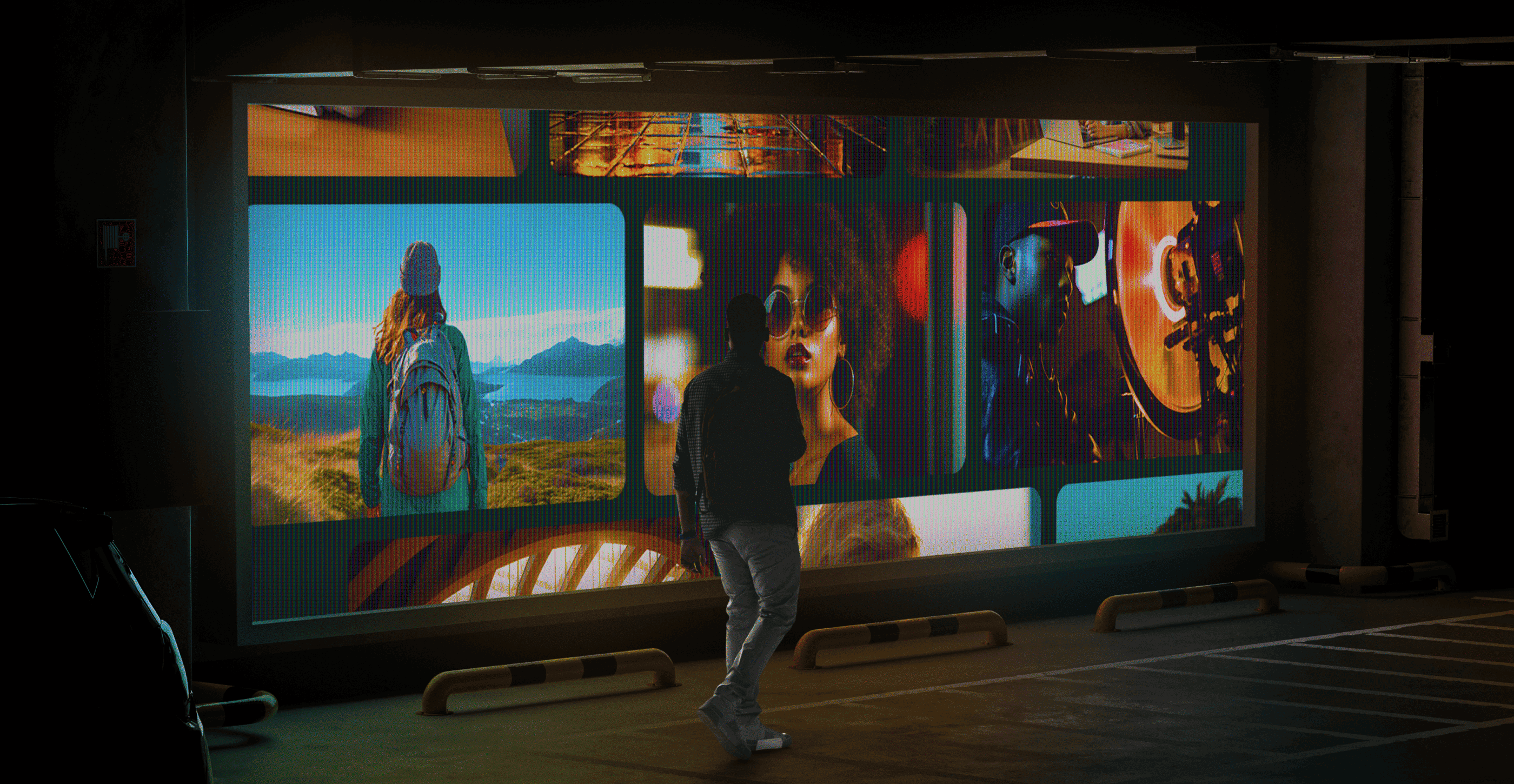
7 top creative support solutions for teams and enterprises
There’s no denying that today’s marketing and creative teams are under more stress than ever. To deliver high-performing, top-quality assets at scale, many teams are getting fewer resources, smaller budgets and tighter deadlines.As an ever-increasing number of brands compete for audience attention, the demand for compelling content is getting higher—and essential for creative teams to meet.It’s no surprise then that in-house marketing and creative teams are turning to advanced creative support solutions to help enhance efficiency, streamline workflows and optimize production processes.From AI-powered design to cloud-based collaboration software and outsourced creative services, these solutions transform how teams work, allowing them to produce more assets faster without compromising quality.Our best advice to teams and enterprises on how to get this right? Make Superside your creative team’s creative team and free up your team to do their best work.
How to find creative partner agencies to boost 2025 strategy
Are your internal creatives battling to keep up as the demand for authentic, trustworthy content grows? For many brands, outsourcing creative makes sound financial sense. Plus, partnering with an experienced creative services team can bring fresh ideas and impressive scalability.80% of customers say that the experience a company provides is just as important as its products or services, meaning that driving great customer experiences is essential in 2025. Once again, creative partnerships pay dividends, as many creative agencies go well beyond KPIs to drive genuine cultural impact and build trust.Unlike traditional agencies, creative partner agencies also typically act as an extension of your team. Work with Superside, for example, and our talented designers will become your creative team’s creative team.



